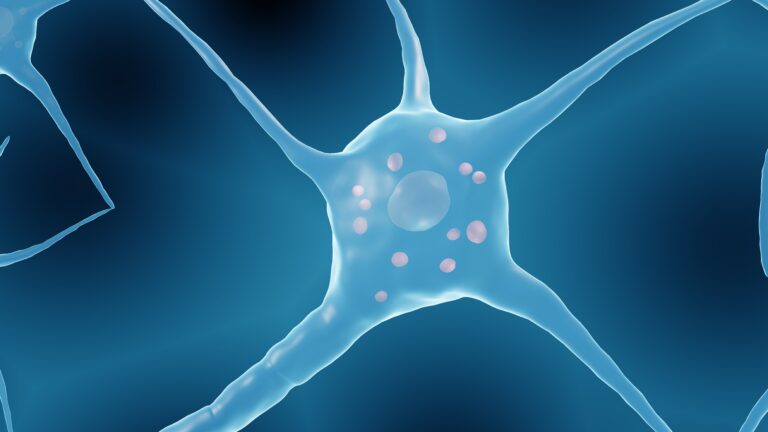### Exploring the Molecular Dynamics of Brain Aging
As we age, our brains undergo significant changes that can affect our cognitive abilities and overall health. Understanding these changes at the molecular level is crucial for developing effective treatments for age-related brain diseases. In this article, we will delve into the fascinating world of brain aging, exploring the molecular dynamics that shape our brains over time.
#### The Dentate Gyrus: A Key Area in Brain Aging
The dentate gyrus (DG) is a part of the hippocampus, a region essential for learning and memory. Despite its importance, the DG’s ability to generate new neurons, a process called neurogenesis, decreases with age. This decline is linked to various age-related cognitive issues and diseases[1]. Researchers have used single-cell RNA sequencing to study the transcriptomic signatures of neurogenic cells in the DG. They found that as we age, the activation of quiescent neural stem cells (NSCs) and the maturation of new neurons are affected. Additionally, early-onset neuroinflammation can further reduce neurogenic activity, highlighting the complex interplay between molecular changes and brain function.
#### White Matter: The Silent Victim of Aging
White matter in the brain consists of myelinated axons that facilitate communication between different brain regions. As we age, white matter undergoes significant structural alterations, including reduced volume and compromised structural integrity. These changes are closely linked to cognitive decline and neurological disabilities[2]. The deterioration of myelin, the fatty substance that insulates axons, makes it harder for signals to travel efficiently. This disruption can initiate a self-perpetuating cycle of inflammation and neural damage, further exacerbating age-related brain issues.
#### Circadian Rhythms and Brain Health
Circadian rhythms, or our internal body clocks, play a crucial role in regulating various physiological processes, including brain function. Disruptions to these rhythms, such as those caused by shift work schedules, can accelerate cognitive decline during aging. Studies have shown that mice exposed to shifted light-dark cycles exhibit impaired cognitive performance, altered immune cell regulation, and changes in microglia in the brain[3]. These findings suggest that maintaining a regular sleep-wake cycle is essential for maintaining healthy brain function.
#### Alzheimer’s Disease: A Complex Molecular Puzzle
Alzheimer’s disease (AD) is a neurodegenerative disorder characterized by the accumulation of amyloid beta plaques and tau tangles in the brain. Recent research has explored how different fatty acids affect the aggregation of amyloid beta peptides. Some fatty acids, like arachidonic and stearic acids, were found to delay the aggregation of amyloid beta, while others increased its toxicity[3]. Additionally, genetic risk factors such as Scully/HSD1710 have been linked to AD, with studies indicating that this enzyme plays a role in steroid homeostasis and tRNA processing, contributing to cognitive decline[3].
#### DNA Methylation and Depression
DNA methylation is an epigenetic modification that affects gene expression. Research has shown that DNA methylation patterns are associated with both Alzheimer’s disease and depression. A study found that specific DNA methylation sites were correlated with Geriatric Depression Scale scores, suggesting a potential link between DNA methylation states and depression levels[4]. This connection highlights the complex interplay between molecular changes and psychiatric conditions.
#### Conclusion
Exploring the molecular dynamics of brain aging reveals a complex interplay of cellular and molecular mechanisms. Understanding these changes is crucial for developing effective treatments for age-related brain diseases. By studying areas like the dentate gyrus, white matter, circadian rhythms, Alzheimer’s disease, and DNA methylation, researchers can uncover new insights into how our brains age and how we can mitigate its effects. This knowledge will pave the way for future anti-aging treatments and improved brain health strategies.





